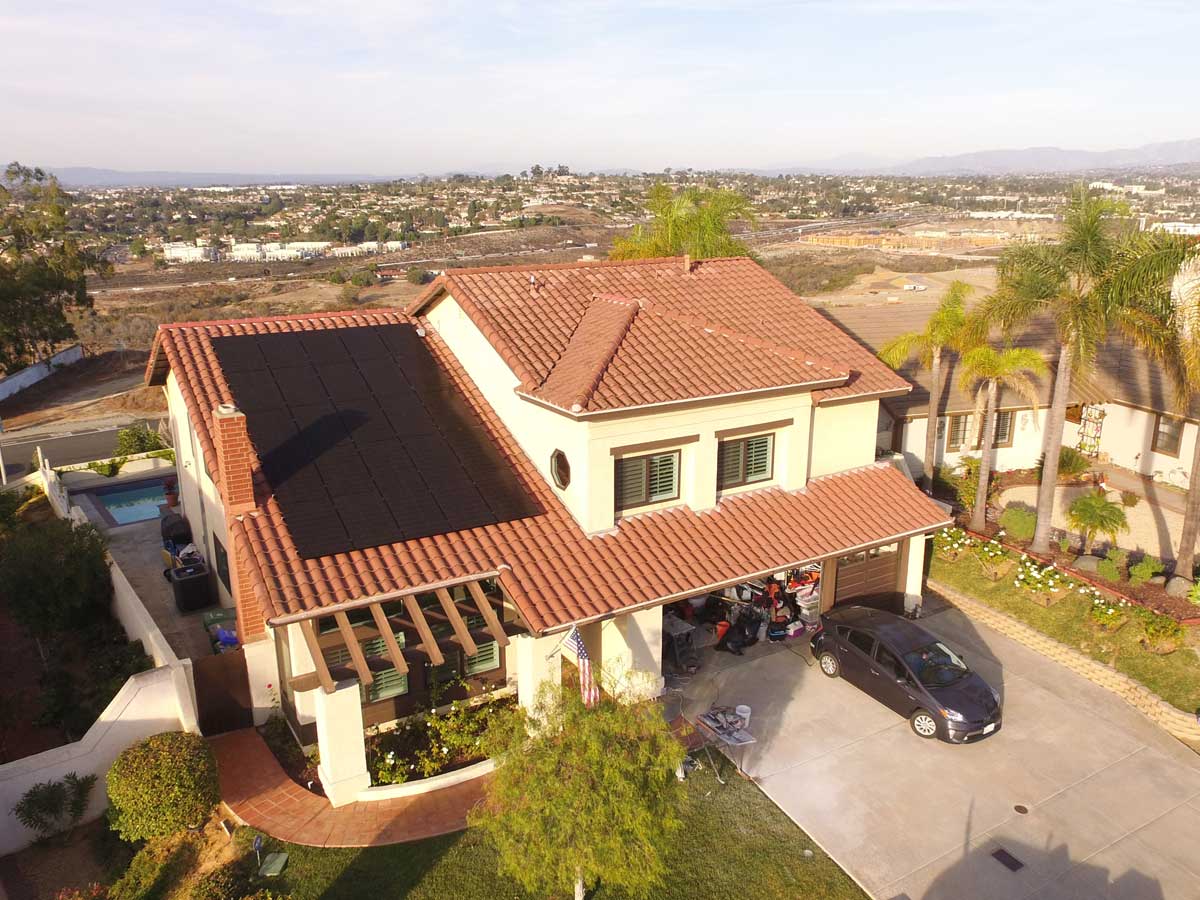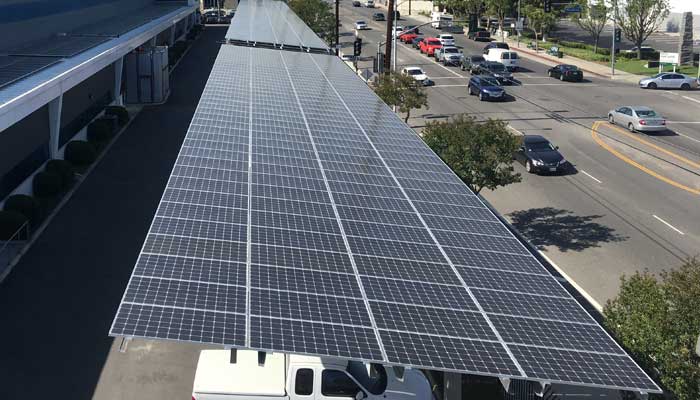Looking For Solar Panel Installation In Lake Forest & Orange County, CA?
Call A Residential Solar Energy Company
Barnes Solar There are many moving parts to a residential solar panel installation. There is pricing, equipment, solar energy financing and much more. But even as the industry has evolved, there is no part more important than a quality and timely install. With over 10 years in the industry, Barnes Solar has earned its reputation on the back of its commitment to high-quality, customized installations. We like to think of a construction company that does sales and not the other way around. How solar energy flows from the sun to your electrical panel can be a complicated process. Which is why we not only have a full-time engineering team in house.

Going Solar With Barnes Solar
Homeowners considering a solar energy system for their home often focus on the sales process, solar energy financing and the financial benefit of solar. But understanding the nuts and bolts of the solar panel installation process is equally as important. Best practices for most residential solar panel installations will not vary from company to company, but that doesn’t mean that every project is the same.
Factors such as roof type, electrical infrastructure and home type can change the way a solar energy system gets installed. Homeowners should always receive an accurate description of how and when the installation will take place. However, first it is important to understand everything that goes into the process.
The typical solar panel installation cycle takes about 6-8 weeks from start to finish and breaks down like this:
Site Survey (week 1)
Design and Permitting (weeks 2-5)
Installation (weeks 6-7)
Final Approval & Activation (week 8)
Types of Residential Solar Panel Installations

This is the most common solar panel installation type and often the most cost-effective. Solar can easily be installed on composition/asphalt shingle and most concrete tile roofs. Solar energy systems can also be installed on clay tile and composite tile roofs but will require additional prep work to ensure proper sealing and waterproofing.

We can also install solar panels on the ground where space permits. A steel frame structure is built that provides a secure racking system for the panels.

Carports are common in commercial and industrial applications. However, they can work in a residential setting as well. We build a steel frame structure that provides a secure racking system for the panels.

Solar
Installation
Equipment
Solar Panels Generate DC (Direct Current) electricity when exposed to sunlight
Power Optimizers Optimize the output of each panel, allowing them to work independently of each other and be individually monitored
Inverter Aggregates the output of each solar panel-power optimizer pair and converts the electricity from DC to AC
Racking System Connects directly to the roof and provides a frame for the solar panels to be mounted to
Conduit The pipe that contains the system wiring as it is routed from the solar panels to the electrical equipment
Disconnect Switch A main shut-off switch that allows the solar system to be isolated from the rest of a home’s electrical circuits
Solar Circuit Breaker A circuit breaker in the main service panel that protects the solar system from any surges from the electricity grid
